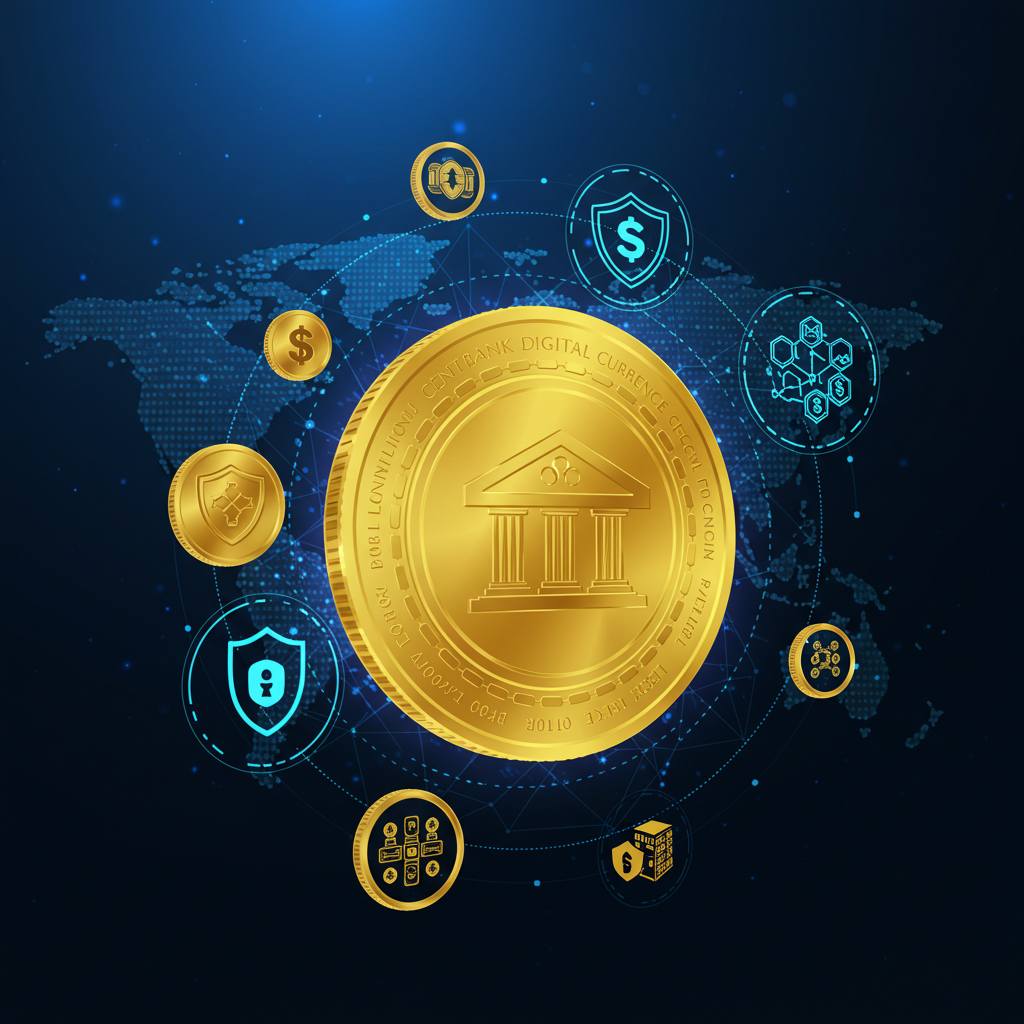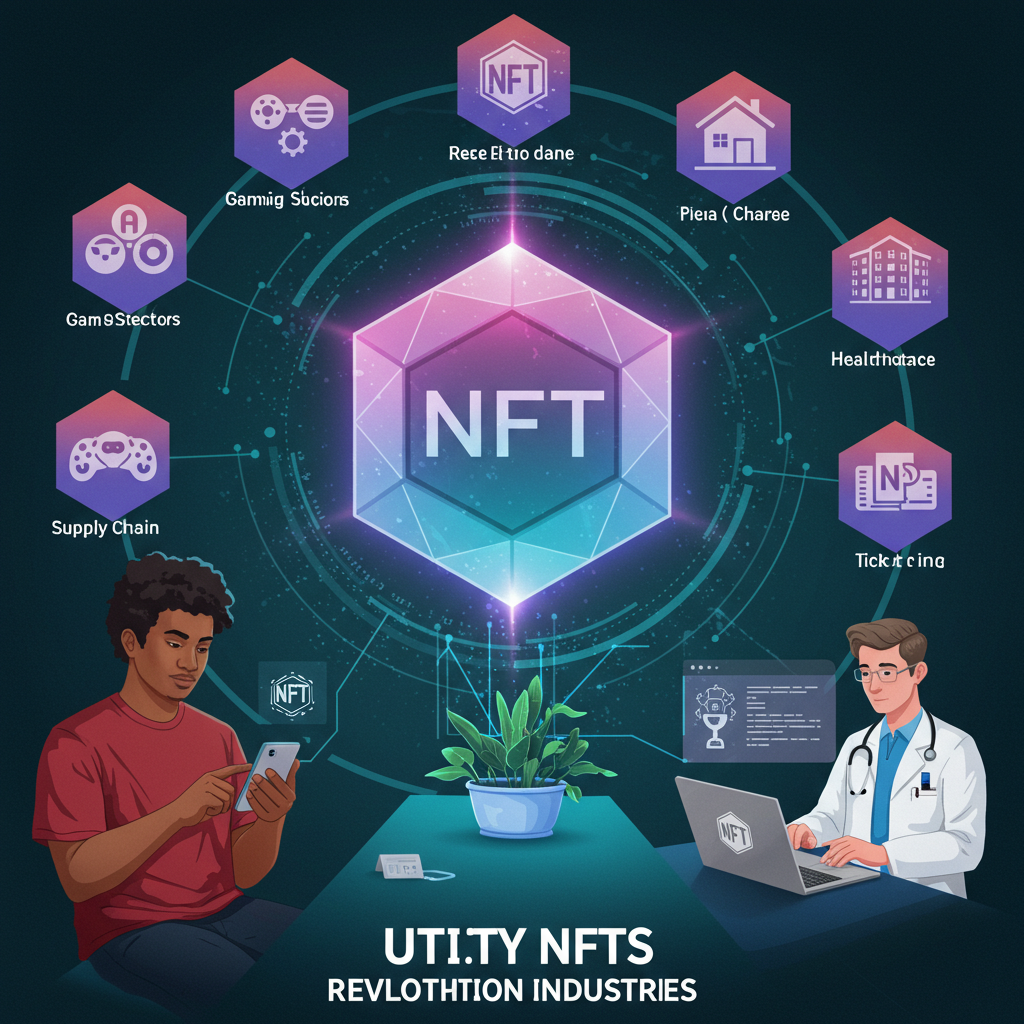Decentralized Finance, or DeFi, has emerged as one of the most transformative innovations in the financial world. By leveraging blockchain technology, DeFi aims to create an open, permissionless, and transparent financial system that operates without intermediaries like banks or brokers. As we move through 2023, DeFi continues to grow at an unprecedented pace, offering new opportunities for investors while reshaping traditional finance. But what exactly is DeFi, and what does its rise mean for investors? In this comprehensive guide, we’ll explore the current state of DeFi, its key trends, and how investors can navigate this exciting yet complex landscape.
Table of Contents
- What is DeFi?
- Key Features of DeFi
- The Growth of DeFi in 2023
- Top DeFi Trends in 2023
- Benefits of DeFi for Investors
- Risks and Challenges of DeFi
- How to Invest in DeFi
- DeFi vs. Traditional Finance: A Comparison
- Regulatory Landscape for DeFi
- The Future of DeFi
- Expert Opinions on DeFi
- Frequently Asked Questions (FAQs)
- Conclusion
1. What is DeFi?
DeFi, short for Decentralized Finance, refers to a suite of financial applications built on blockchain networks, primarily Ethereum. These applications aim to replicate and improve upon traditional financial services like lending, borrowing, trading, and investing, but without the need for intermediaries. Instead, DeFi relies on smart contracts—self-executing agreements written in code—to automate and secure transactions.
2. Key Features of DeFi
DeFi is characterized by several key features:
- Permissionless: Anyone with an internet connection can access DeFi platforms.
- Transparent: All transactions are recorded on a public blockchain.
- Interoperable: DeFi applications can interact with each other seamlessly.
- Non-Custodial: Users retain control over their funds at all times.
3. The Growth of DeFi in 2023
The DeFi ecosystem has seen explosive growth in 2023, with the Total Value Locked (TVL) in DeFi protocols surpassing $100 billion. This growth is driven by:
- Increased Institutional Interest: More traditional financial institutions are exploring DeFi.
- Improved User Experience: DeFi platforms are becoming more user-friendly.
- Layer-2 Solutions: Technologies like Polygon and Arbitrum are reducing transaction fees and improving scalability.
4. Top DeFi Trends in 2023
Here are the most significant DeFi trends shaping 2023:
| Trend | Description |
|---|---|
| Layer-2 Scaling | Solutions like Optimism and zkSync are making DeFi faster and cheaper. |
| Real-World Assets (RWAs) | DeFi is expanding into tokenized real-world assets like real estate and commodities. |
| Decentralized Exchanges (DEXs) | Platforms like Uniswap and SushiSwap continue to dominate trading. |
| Yield Aggregators | Tools like Yearn Finance automate yield farming for better returns. |
| Cross-Chain Interoperability | Protocols like Chainlink enable DeFi to operate across multiple blockchains. |
5. Benefits of DeFi for Investors
DeFi offers several advantages for investors:
- Higher Returns: DeFi platforms often offer higher yields compared to traditional savings accounts.
- Global Access: Investors from anywhere in the world can participate.
- Transparency: All transactions are recorded on the blockchain, reducing fraud.
- Innovation: DeFi enables new financial products and services that aren’t possible in traditional finance.
6. Risks and Challenges of DeFi
Despite its potential, DeFi comes with risks:
- Smart Contract Vulnerabilities: Bugs in code can lead to hacks and losses.
- Regulatory Uncertainty: Governments are still figuring out how to regulate DeFi.
- Market Volatility: DeFi assets are highly volatile, leading to potential losses.
- Impermanent Loss: Liquidity providers may face losses due to price fluctuations.
7. How to Invest in DeFi
Here’s a step-by-step guide to investing in DeFi:
- Educate Yourself: Understand the basics of blockchain and DeFi.
- Choose a Wallet: Use a non-custodial wallet like MetaMask or Trust Wallet.
- Buy Crypto: Purchase Ethereum or other supported cryptocurrencies.
- Explore Platforms: Research DeFi platforms like Aave, Compound, or Uniswap.
- Start Small: Begin with small investments to minimize risk.
- Diversify: Spread your investments across multiple platforms and assets.
8. DeFi vs. Traditional Finance: A Comparison
Here’s how DeFi stacks up against traditional finance:
| Aspect | DeFi | Traditional Finance |
|---|---|---|
| Access | Open to anyone with an internet connection | Requires intermediaries |
| Transparency | All transactions are public | Limited transparency |
| Speed | Near-instant transactions | Can take days for settlements |
| Cost | Lower fees | Higher fees |
| Control | Users retain full control of their funds | Funds are controlled by banks |
9. Regulatory Landscape for DeFi
Regulation is one of the biggest challenges facing DeFi in 2023. Governments and regulators are working to create frameworks that protect investors without stifling innovation. Key developments include:
- MiCA (Markets in Crypto-Assets): A regulatory framework in the EU for crypto and DeFi.
- SEC Actions: The U.S. Securities and Exchange Commission is increasing scrutiny on DeFi platforms.
- Global Coordination: Countries are collaborating to create consistent regulations.
10. The Future of DeFi
The future of DeFi is bright, with several exciting developments on the horizon:
- Mass Adoption: DeFi is expected to reach mainstream users as platforms become more user-friendly.
- Integration with Traditional Finance: DeFi and traditional finance will increasingly overlap.
- New Use Cases: DeFi will expand into areas like insurance, identity verification, and more.
11. Expert Opinions on DeFi
- Andre Cronje (DeFi Developer): “DeFi is about giving people control over their financial lives.”
- Camila Russo (Author of The Infinite Machine): “DeFi is the future of finance, but it needs to overcome scalability and regulatory challenges.”
- Vitalik Buterin (Ethereum Co-Founder): “DeFi has the potential to democratize access to financial services globally.”
12. Frequently Asked Questions (FAQs)
Q1: What is the difference between DeFi and CeFi?
DeFi is decentralized and operates without intermediaries, while CeFi (Centralized Finance) relies on centralized entities like banks.
Q2: Is DeFi safe?
DeFi carries risks like smart contract vulnerabilities and market volatility, but it also offers transparency and control.
Q3: How do I earn yields in DeFi?
You can earn yields by providing liquidity, staking, or lending your crypto assets on DeFi platforms.
Q4: What are the best DeFi platforms for beginners?
Platforms like Aave, Compound, and Uniswap are beginner-friendly.
Q5: Will DeFi replace traditional finance?
While DeFi won’t replace traditional finance entirely, it will likely coexist and complement it.
13. Conclusion
DeFi is revolutionizing the financial world by offering a decentralized, transparent, and accessible alternative to traditional finance. As we move through 2023, the growth of DeFi presents exciting opportunities for investors, but it also comes with risks. By understanding the ecosystem, staying informed, and adopting a cautious approach, investors can navigate the DeFi landscape and potentially reap significant rewards.
Please wait, loading your next post…




